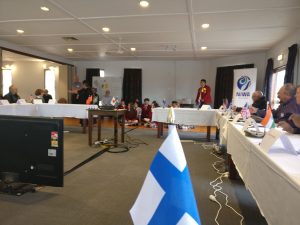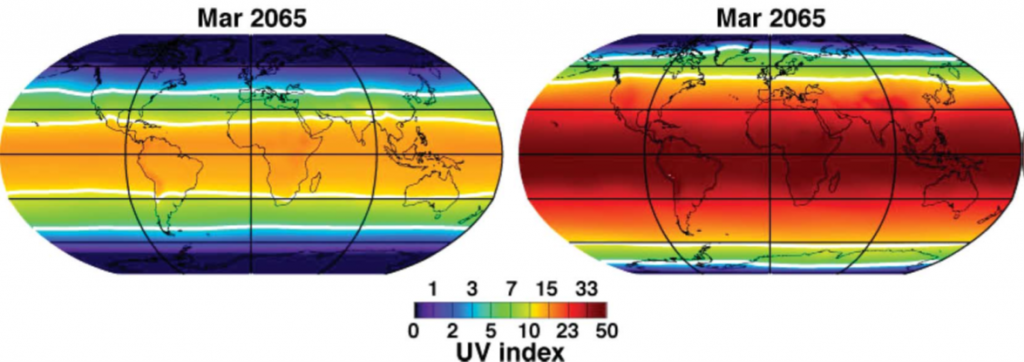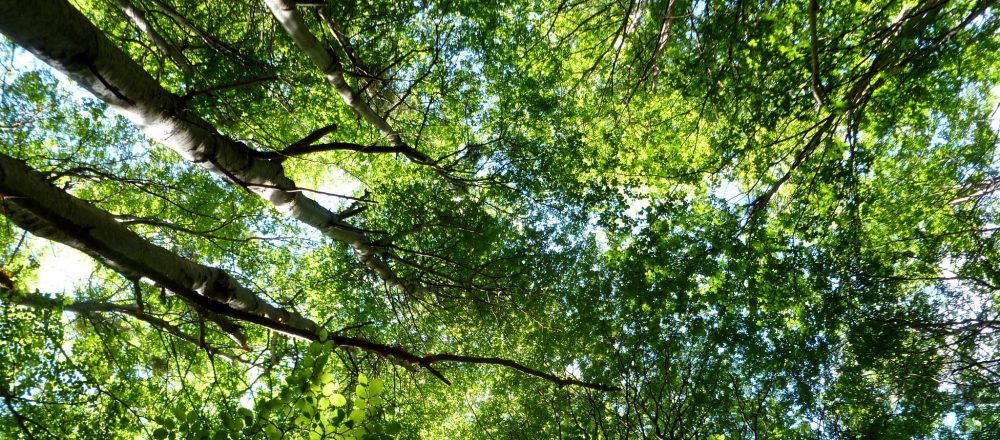UNEP have put together a video explaining the work of the UNEP panels that assess ozone depletion, UV-B radiation and their interaction with climate change.

In late September, the UNEP Environmental Effects Assessment Panel met in Alexandra, New Zealand, home of Richard McKenzie, for our annual assessment of new research into the environmental effects of ozone depletion, UV radiation, and their implications with respect to climate change.
This year Janet Bornman, Paul Barnes, Carlos Ballaré, Sharon Robinson and myself were particularly tasked with understanding how plant-level effects on biodiversity and key ecological processes scale-up to the ecosystem level. We also focussed on crosscutting themes affecting not only terrestrial ecosystems, but mankind and the entire global environment.

The capacity for us to address ozone depletion through the successful implementation of the Montreal Protocol, which limited the production of ozone depleting chemicals, can be seen as a flagship example of our capacity to address global environmental problems through concerted international action. In this respect, one of the panel’s responsibilities in future reports will be to provide quantitative comparisons of how our environment differs today from what it would have looked like without the Montreal Protocol.

